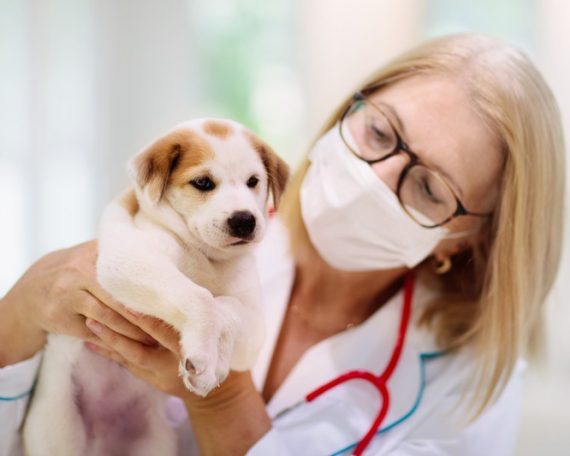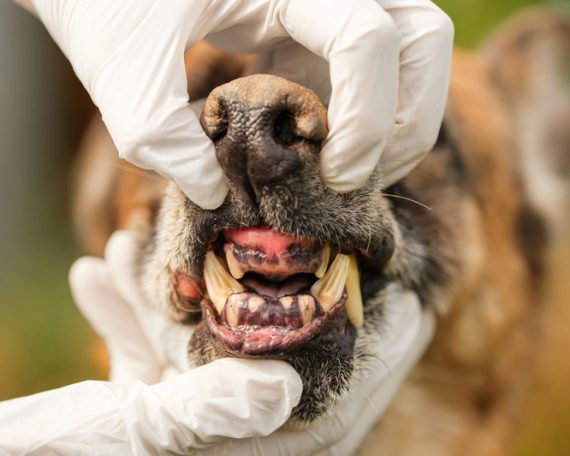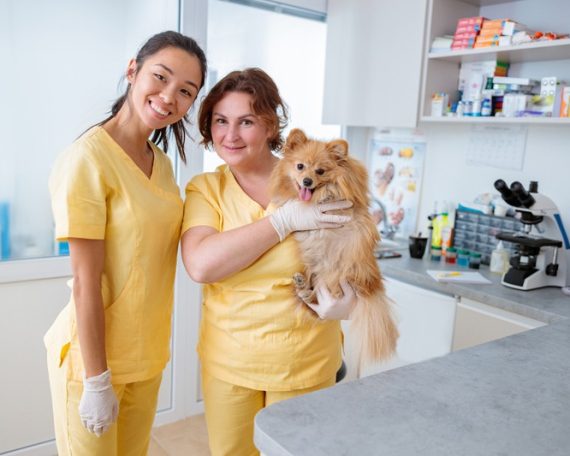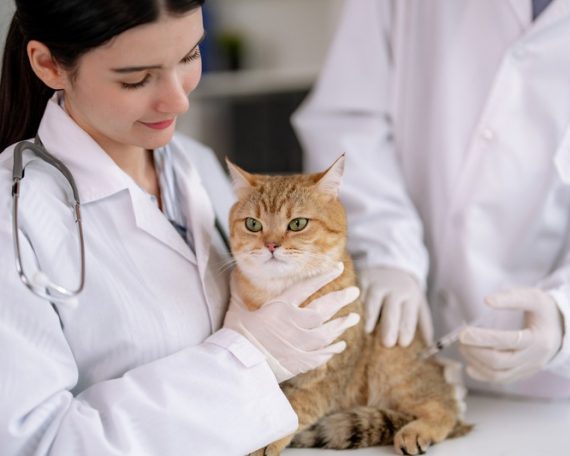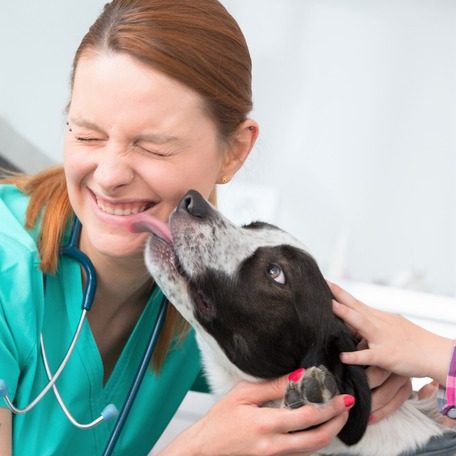What Diseases Can Vet Diagnostic Tests Detect in Your Pet?
As pet owners, our furry friends are part of the family, and their health is as important to us as that of any family member. But unlike humans who can speak up when they’re feeling under the weather, our pets often can’t communicate their discomfort or pain. That’s where the expertise of a veterinarian comes in, using diagnostic tests to uncover what might be ailing our four-legged companions.
In this article, we’ll explore the common diseases that vet diagnostic tests can sniff out, ensuring that your pet gets the care and treatment they need for a healthy life.
Diagnostic Tests in Pet Healthcare
Veterinary diagnostic tests are crucial tools that vets use to obtain a clear picture of a pet’s health. From blood tests to imaging and biopsies, these diagnostics help in catching diseases early, which can often be the key to successful treatment. With modern advancements in veterinary science, vets can now diagnose a wide array of diseases with precision and speed.
If you’re looking for a vet diagnostic lab to get tests done for your pet, you can check them here.
Common Diseases Detected Through Blood Tests
Routine blood tests for pets are invaluable diagnostic tools, offering a comprehensive understanding of their overall health. A simple blood draw can reveal a treasure trove of information, allowing veterinarians to identify and address potential health issues early on. Here’s a closer look at key conditions that can be detected through these essential blood tests:
-
Anemia: Low red blood cell counts can indicate blood loss, parasitic infections, or bone marrow issues.
-
Diabetes: Elevated blood sugar levels can be a sign of diabetes, a condition that requires careful management.
-
Kidney Disease: Subpar kidney function can be uncovered by analyzing waste products in the blood like creatinine and blood urea nitrogen (BUN).
-
Liver Disease: Liver enzymes in the blood can indicate liver inflammation or damage.
-
Infectious Diseases: Certain titers in the blood can expose the presence of diseases like Lyme, Ehrlichiosis, and Heartworm.
Blood tests aren’t just for sick pets; they are a fundamental part of routine vet wellness exams to keep tabs on your pet’s health and catch any potential issues early on.
Diseases Diagnosed Through Urinalysis and Fecal Exams
Not all diseases are diagnosed through blood. Urinalysis and fecal exams also play vital roles.
-
Urinary Tract Infections (UTIs): Urinalysis can detect bacteria, blood, or unusual pH levels indicative of a UTI.
-
Kidney Problems: The presence of proteins and other substances in urine can signal early kidney issues.
-
Parasites: Fecal exams help uncover intestinal parasites such as roundworms, hookworms, and giardia.
-
Digestive Disorders: Abnormal levels of digestive enzymes or the presence of blood can indicate gastrointestinal problems.
Testing urine and stool samples are generally easy and non-invasive, making them excellent tools for routine check-ups and diagnosing certain conditions.
Imaging for Internal Insight
X-rays, ultrasounds, MRIs, and CT scans provide a look inside your pet’s body that blood tests cannot offer. This internal glimpse can be pivotal in diagnosing conditions like:
-
Broken Bones: X-rays are the go-to option for visualizing fractures or bone abnormalities.
-
Heart Disease: Imaging can reveal signs of heart enlargement and other heart-related issues.
-
Foreign Objects: If your pet swallowed something they shouldn’t have, imaging can help locate the object.
-
Cancer: Tumors can often be visualized through advanced imaging techniques.
Imaging can be somewhat more intensive and might require sedation or anesthesia to keep your pet still, but it’s often an essential part of the diagnostic process.
Diagnostic Biopsies for Detecting Cancer and More
Taking a closer look at tissue samples through biopsies can provide definitive diagnoses for various conditions, including different types of cancers. A small sample taken from the suspicious area is examined under a microscope to help identify the specific type of cells and disease present.
If your pet is diagnosed with a complex internal condition, you might get referred to an animal internist in Egg Harbor Township, NJ. These specialists focus on internal medicine and are adept at managing diseases that affect internal organs, providing targeted treatment plans.
Endocrine Disorders Revealed Through Testing
Another group of diseases that can deeply affect your pet’s well-being is related to the endocrine system, which can be diagnosed through specific tests:
-
Hyperthyroidism/Hypothyroidism: High or low thyroid hormone levels can point to thyroid issues in pets, often detectable through blood tests.
-
Cushing’s Disease: This condition, caused by an overproduction of cortisol, can be diagnosed through hormone testing and imaging.
-
Addison’s Disease: Opposite to Cushing’s, Addison’s disease involves low cortisol levels and requires different tests for proper diagnosis.
Monitoring and managing endocrine disorders is sophisticated, involving a combination of blood tests, ultrasounds, and sometimes even CT scans.
Preventative Care Through Regular Testing
Many diseases can be managed or even prevented with early detection, which is why regular vet visits and screening tests are so important. Routine tests as part of a pet’s annual check-up can help spot conditions before they become advanced and harder to treat.
In addition to diagnosing existing illnesses, regular screening tests can help assess your pet’s risk for developing certain diseases, allowing for lifestyle adjustments or early interventions that can significantly improve your pet’s quality of life.
Concluding Thoughts
In the world of pet care, an ounce of prevention is worth a pound of cure. Vet diagnostic tests provide that prevention, helping detect a variety of diseases that might afflict our furry friends. By keeping up with regular check-ups and staying alert to any changes in your pet’s behavior or health, you can collaborate with your vet to ensure your pet lives the longest, healthiest life possible. Remember, your vet is your partner in pet care, and their expertise in using diagnostic tests is invaluable in maintaining the well-being of your cherished pet.






